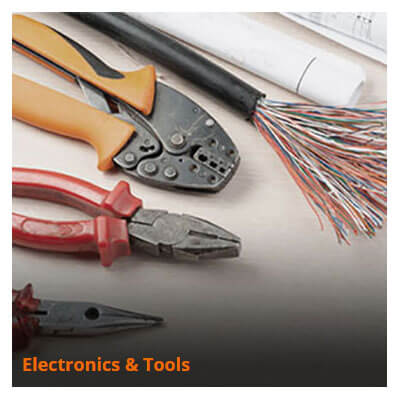7 Essential Elements for Designing Impactful Electronic Tool Packaging
Designing packaging for electronic tools requires considering seven key points. What should be considered when designing packaging for electronic tools? This is an essential question because product packaging not only influences consumer purchasing decisions but also affects product protection and transportation. Designing packaging for electronic tools is a multifaceted process that involves considering the product's characteristics, brand image, market positioning, consumer needs, transportation safety, and cost control.
-
Firstly
You need to understand your target market and consumers. Different markets and consumers have varying preferences and needs. You should choose appropriate packaging materials, colors, shapes, sizes, and patterns based on these factors. For instance, if your product targets young people, you might choose vibrant colors and trendy patterns to capture their attention. If your product targets professionals, selecting clean colors and elegant patterns can showcase your brand image.
-
Secondly
Consider the characteristics and functions of your product. Electronic tools are typically fragile and sensitive, requiring sufficient protection against impact, moisture, static, and other damages. Choose robust and durable packaging materials, incorporating internal cushioning structures or materials to reduce vibrations inside the packaging. Additionally, consider your product's functionality and operation, providing clear and comprehensive instructions and warnings on the packaging to guide consumers on proper usage and maintenance.
-
Thirdly
Factor in the value and positioning of your product. Electronic tools are often high-priced and require packaging with a premium look and feel to meet consumer expectations and build trust. Choose high-quality and detailed packaging materials, such as smooth or matte paper, plastic, or metal, to enhance visual appeal. Highlight your brand name, logo, slogan, or other identifying elements on the packaging to stand out and differentiate your product from others.
-
Fourthly
Choose packaging materials that can protect the product from impact, vibration, compression, pressure, etc., while adhering to eco-friendly and energy-saving principles to reduce waste and carbon emissions. The materials should also showcase the product's texture and style, such as opting for rigid materials like plastic, paper-plastic composites, or heavier-weight paper for electronic and tool products.
-
Fifthly
Design packaging size and shape that suits the product's size and weight, avoiding excessive or insufficient dimensions to prevent resource and space wastage. The packaging size and shape should also facilitate transportation and stacking, reducing transportation costs and storage space. Capture consumers' attention by choosing shapes that highlight the product's features and advantages, such as irregular or interesting shapes for innovative or powerful electronic tools and regular or classic shapes for simple or practical tools.
-
Sixthly
Consider the design of packaging colors and patterns to reflect brand consistency and personality, conveying brand values and stories to establish brand identity and loyalty. Align packaging colors and patterns with market positioning and consumer preferences to stimulate consumer desire and emotional connection.
-
Lastly
Design packaging text and labels to clearly express information such as product name, functionality, features, usage, specifications, components, precautions, etc. Present core product messages in a concise manner to enhance consumer understanding, trust, and credibility.
In conclusion, designing packaging for electronic tools is a process involving various factors that require creative and strategic thinking. I hope this article provides you with inspiration and guidance to design packaging that meets market demands and showcases your unique style.

